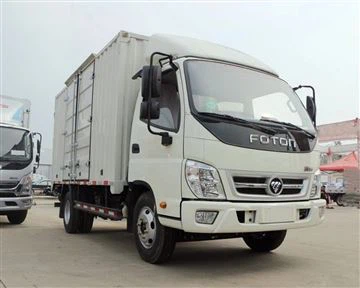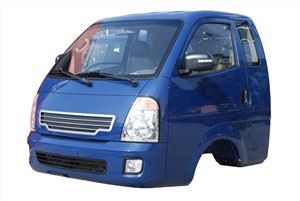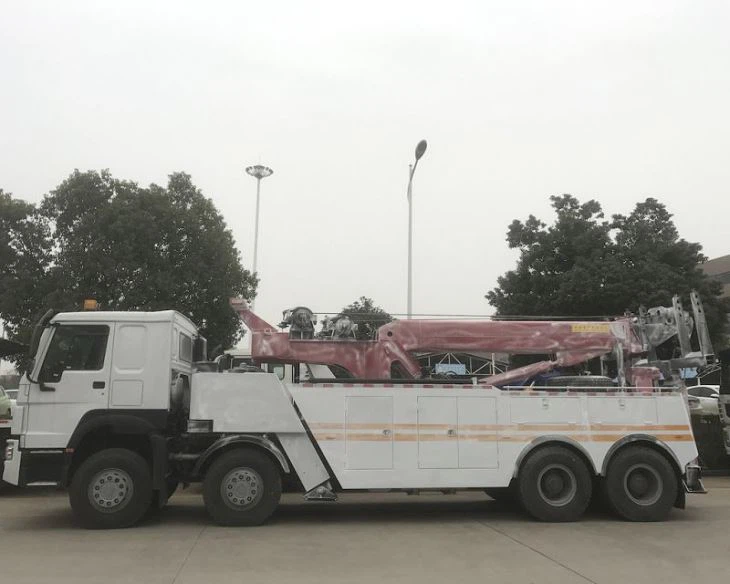Ultimate Guide to Kenworth Tow Hooks: Everything You Need to Know

When it comes to towing, the right equipment can make all the difference. Kenworth tow hooks are a crucial component for heavy-duty vehicles and trucks. This comprehensive guide explores everything you need to know about Kenworth tow hooks—from their design and function to installation tips and safety guidelines. Whether you’re a truck enthusiast, a fleet manager, or a casual driver, this article covers all the important aspects of Kenworth tow hooks.
What Are Kenworth Tow Hooks?
Kenworth tow hooks are heavy-duty hooks designed for towing and recovery purposes on Kenworth trucks. They are built to withstand significant force and are essential for safely towing other vehicles or equipment. These hooks come in various designs and sizes, depending on the specific model of the truck and the towing requirements.
Types of Kenworth Tow Hooks
Kenworth offers a variety of tow hooks that cater to different towing needs. Understanding these types can help you choose the right one for your vehicle.
- Standard Tow Hooks: Typically found on most Kenworth trucks, standard tow hooks are designed for regular towing tasks.
- Heavy-Duty Tow Hooks: These tow hooks are larger and stronger, suitable for heavy loads and off-road towing.
- Quick Release Tow Hooks: Designed for rapid attachment and detachment, these hooks are ideal for emergency situations.
- Rear Tow Hooks: Specifically designed for use on the rear of the truck for recovery operations.
Benefits of Using Kenworth Tow Hooks
Choosing Kenworth tow hooks offers multiple benefits that enhance both safety and efficiency while towing. Here are some of the key advantages:
Enhanced Safety

Kenworth tow hooks are built to meet rigorous safety standards, ensuring that they do not break or come loose during use. This reliability is crucial for preventing accidents and ensuring the safety of all vehicles involved.
Durability
Constructed from high-strength materials, Kenworth tow hooks can withstand extreme conditions and heavy loads, providing longevity and value for your investment.
Versatility
Kenworth tow hooks are available in various designs that can accommodate different towing situations, making them suitable for both commercial and personal use.

Easy Installation
Most Kenworth tow hooks are designed for straightforward installation, enabling users to attach them quickly and easily without the need for specialized tools.
Choosing the Right Tow Hook for Your Kenworth Truck
Selecting the appropriate tow hook for your Kenworth truck is crucial to ensure safety and efficiency. Here are some factors to consider:
Towing Capacity
Always check the towing capacity of your vehicle before selecting a tow hook. Kenworth provides guidelines for maximum load allowances. Make sure your tow hook is rated adequately for the job.
Hook Design
Different designs serve different purposes. For instance, a quick-release design may be more beneficial in emergency situations, while a standard hook may suffice for everyday towing tasks.
Material Quality
The material used in the construction of tow hooks significantly impacts their durability and strength. Look for hooks made from forged steel or other high-strength materials.
Installation Process for Kenworth Tow Hooks
Installing Kenworth tow hooks requires basic tools and can be done by individuals with moderate mechanical skills. Here’s a step-by-step guide:
Tools Required
- Wrench set
- Screwdriver
- Torque wrench
- Safety gloves
Step-by-Step Installation
Step 1: Prepare Your Work Area
Ensure your truck is parked on a flat surface, and the engine is turned off.
Step 2: Locate the Mounting Points
Refer to your truck’s manual to find the appropriate mounting points for the tow hook.
Step 3: Attach the Tow Hook
Align the tow hook with the mounting points and secure it using the provided bolts.
Step 4: Tighten the Bolts
Use a torque wrench to tighten the bolts according to the manufacturer’s specifications to ensure a secure fit.
Step 5: Test the Installation

Before putting the tow hook to use, perform a quick inspection to ensure everything is securely attached.
Maintenance and Care for Kenworth Tow Hooks
Proper maintenance can extend the lifespan of your tow hooks significantly. Here are some maintenance tips:
Regular Inspections
Check your tow hooks for signs of wear and tear regularly. Look for cracks, rust, or any physical damage.
Cleaning
Wipe down your tow hooks after use to remove debris, mud, or salt that could lead to rust.
Lubrication
Apply appropriate lubrication to moving parts, if applicable, to ensure smooth operation.
Common Issues with Kenworth Tow Hooks and Their Solutions
While Kenworth tow hooks are generally reliable, users may encounter some common issues. Here are a few of them along with their solutions:
Worn Out Hooks
Over time, hooks may become worn. Replacing them with new, high-quality hooks is essential for safety.
Rust and Corrosion
If rust is found on the hooks, remove it using a wire brush and apply rust-resistant paint for protection.
Loose Connections
If you notice a loose attachment, immediately tighten the bolts. Ensure they are tightened to the recommended torque specs.
Real-World Applications of Kenworth Tow Hooks
Kenworth tow hooks are used in various industries and situations. Here are some practical examples:
Commercial Transportation
In commercial transportation, Kenworth tow hooks are essential for recovering broken-down vehicles on the road, ensuring minimal disruption to operations.
Construction Sites
Construction companies frequently use tow hooks to move heavy equipment between locations, providing versatility and efficiency.
Emergency Services
Emergency response teams utilize tow hooks for quick recovery of vehicles involved in accidents or for towing disabled cars out of hazardous areas.
Frequently Asked Questions (FAQs)
1. How much weight can a Kenworth tow hook handle?
The weight capacity of a Kenworth tow hook varies based on the specific model and design. Always refer to the manufacturer’s specifications for accurate information.
2. Can I install a Kenworth tow hook myself?
Yes, most Kenworth tow hooks can be installed by individuals with basic mechanical skills. Follow the provided instructions carefully.
3. How do I know if my tow hook is safe to use?
Inspect your tow hooks regularly for any signs of wear, damage, or rust. If any issues are found, it is best to replace them.
4. Where can I purchase Kenworth tow hooks?
Kenworth tow hooks can be purchased at authorized dealers, auto parts stores, or online marketplaces specializing in truck parts.
5. Do Kenworth tow hooks come in different colors?
While the standard color is typically black or metallic, some aftermarket options may offer additional colors for aesthetic purposes.
6. What is the difference between front and rear tow hooks?
Front tow hooks are typically used for pulling and recovery in forward motion, while rear tow hooks are used for situations where recovery is needed from the back of the vehicle.
By understanding the various aspects of Kenworth tow hooks, you can ensure you have the right equipment for your towing needs. From installation and maintenance tips to real-world applications, this guide provides all the information necessary to make informed decisions regarding Kenworth tow hooks.
